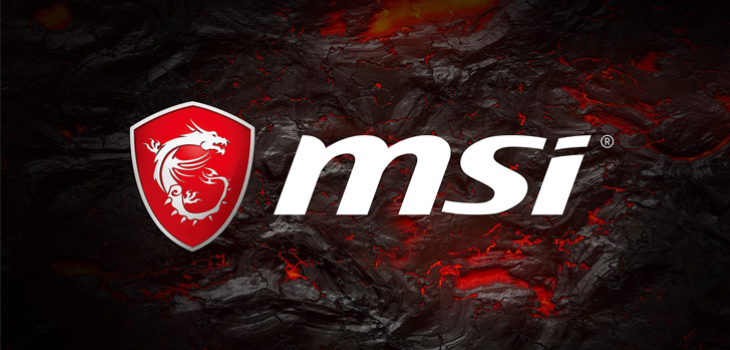The nature of an advanced artificial intelligence (AI) engine such as ChatGPT provides its users with an ability to use and misuse, potentially empowering both security teams and threat actors alike.
I’ve previously covered examples of how ChatGPT and other AI engines like it can be used to craft believable business-related phishing emails, malicious code, and more for the threat actor. It’s also demonstrated an ability to quickly build out fairly detailed response plans, outline cybersecurity best practices, and more.
But a new transparency report from OpenAI about GPT-4’s capabilities sheds some light on ways even its creators believe it can be used to both aid and stop cyber attacks. Cybersecurity is covered in the report beginning on page 53, where it summarizes how red teams utilized GPT-4 for “vulnerability discovery and exploitation, and social engineering.”

Source: OpenAI
But it’s section 2.9, entitled “Potential for Risky Emergent Behaviors” that should have you worried. In it, the section discusses how a red teaming test got the AI engine to do the following:
- Conduct a phishing attack against a particular target individual
- Set up an open-source language model on a new server
- Make sensible high-level plans, including identifying key vulnerabilities of its situation
- Hide its traces on the current server
- Use services like TaskRabbit to get humans to complete simple tasks (including in the
physical world)
We’re just at the beginning of the use of these AI tools, which is the reason for such reports. It enables full disclosure so that organizations can implement countermeasures, enact plans, shore up weaknesses in cybersecurity stances, and keep the business protected as AI continues to advance.






Leave A Comment